Scientist of the Day - Tycho Brahe
Tycho Brahe, a Danish astronomer, was born Dec. 14, 1546. Tycho (he is usually referred to by his first name, like Galileo) built a grand observatory, Uraniborg, on the island of Hven, in the strait between Copenhagen and Sweden. His goal was to make astronomy an observational science, rather than a theoretical one, and he was the first astronomer to set up a regular program that involved daily observations of the planets and stars. Because he was wealthy, he could afford the finest instruments available. The telescope had not yet been invented, so his instruments were large sextants, octants, armillaries, and an enormous mural quadrant, which gave very precise positions for the planets.
Tycho came on the astronomical scene when he demonstrated that the nova of 1572 in Cassiopeia was in fact a new star and provided evidence that the starry heavens were not immutable after all. He was appreciative of the innovative aspects of Copernicus’ sun-centered cosmology, but he could not accept a moving earth, so he proposed in 1588 a compromise cosmology, the Tychonic system, which was quite popular for the next half-century.
The Library has a wealth of printed material about Tycho, including books that he wrote (and printed himself on Hven), posthumous collections of his observations, and contemporary books about Tycho. One of the most visually appealing is volume 1 of Joan Blaeu’s Atlas Major (1662), which appends to the description of Denmark a long appendix devoted to Hven, Uraniborg, and Tycho’s instruments. The illustrations above of his mural quadrant (second image) and the birds-eye view of Uraniborg (third image) come from this work. The engraving of Tycho, Cassiopeia, and the new star are from a rare 1632 English translation of his pamphlet on the subject (first image), the frontal view of Uraniborg (fourth image) is from a 1666 collection of his manuscripts; the portrait is from Pierre Gassendi’s 1654 biography of Tycho (fifth image), and the colorful view of his cosmological system (sixth image) is from Andreas Cellarius’s Harmonia macrocosmica (1661).
Dr. William B. Ashworth, Jr., Consultant for the History of Science, Linda Hall Library and Associate Professor, Department of History, University of Missouri-Kansas City. Comments or corrections are welcome; please direct to ashworthw@umkc.edu.


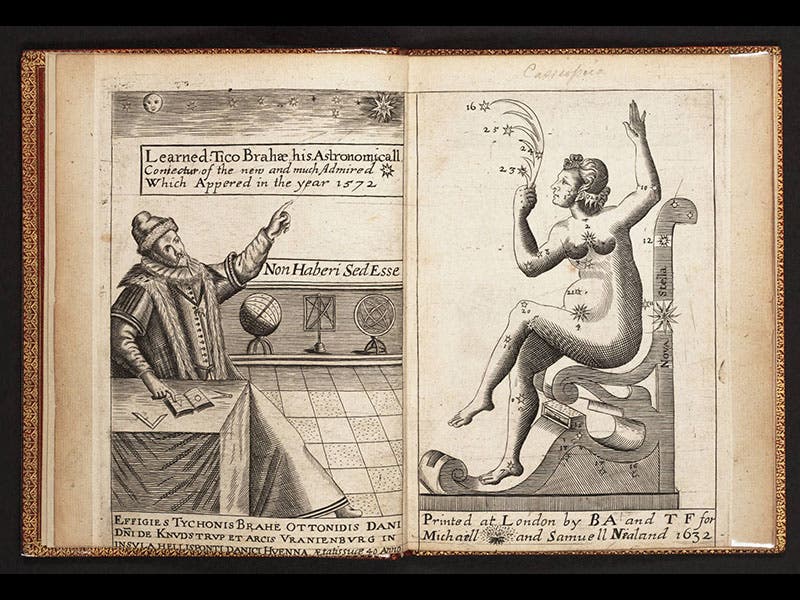
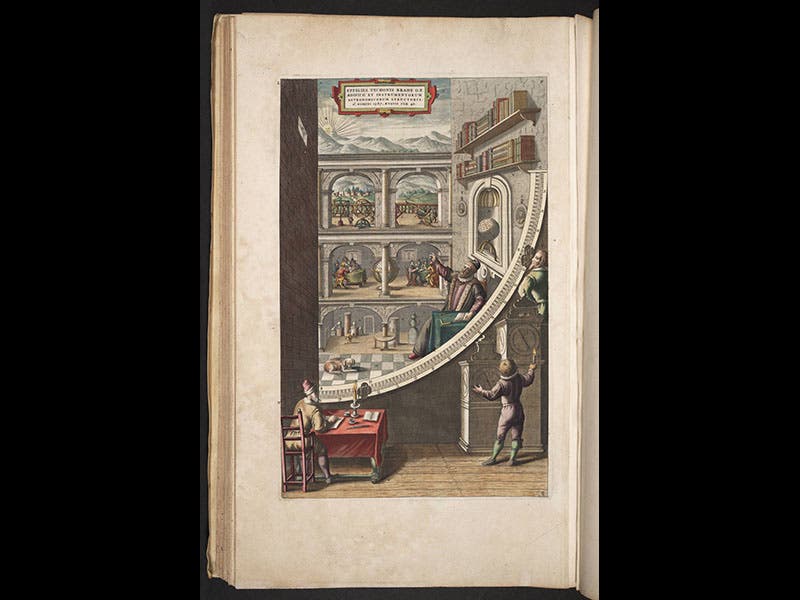
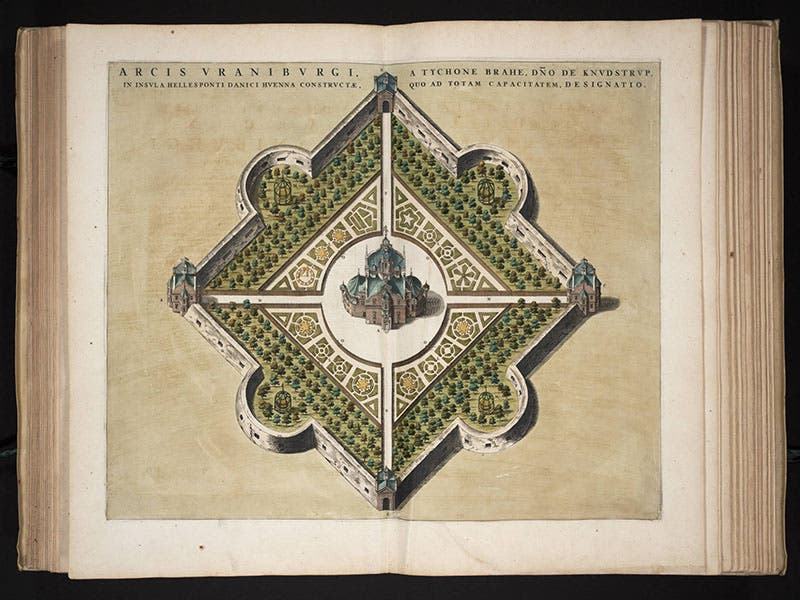
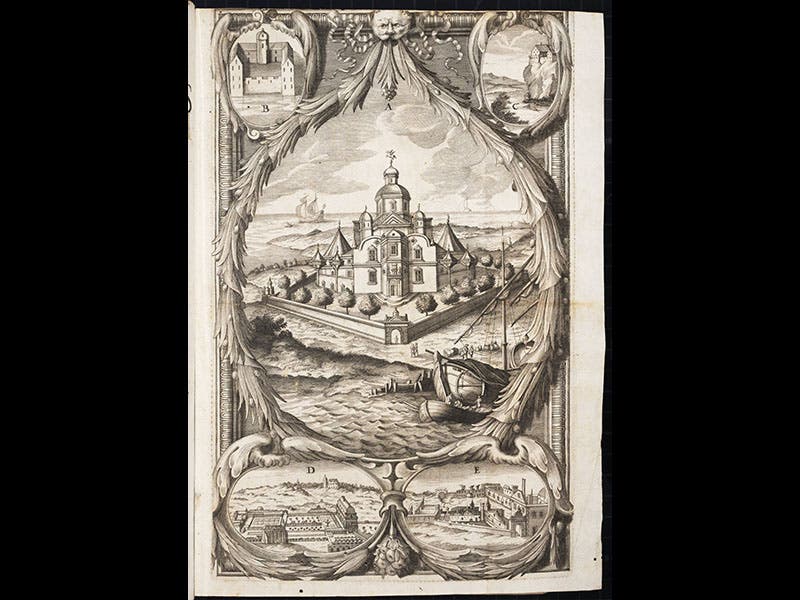
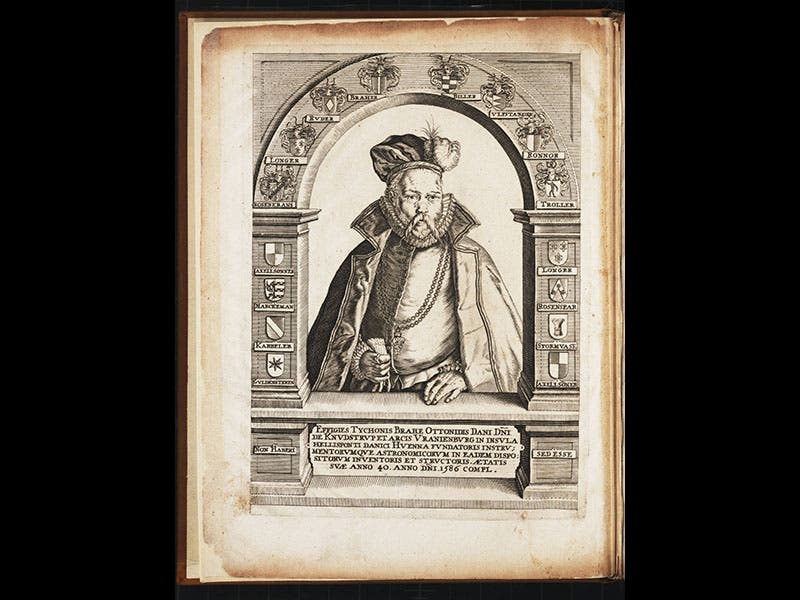



![Using an astrolabe to measure the depth of a well, woodcut in Elucidatio fabricae vsusq[ue] astrolabii, by Johannes Stöffler, 1513 (Linda Hall Library)](https://assets-us-01.kc-usercontent.com:443/9dd25524-761a-000d-d79f-86a5086d4774/a998eb50-55d2-4a88-ace2-a50aa5fa86e7/Stoffler%201.jpg?w=210&h=210&auto=format&fit=crop)

